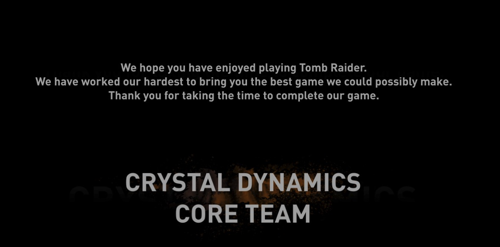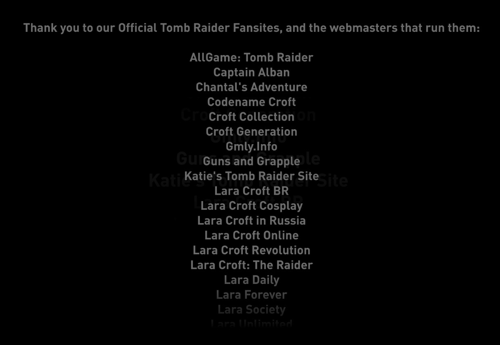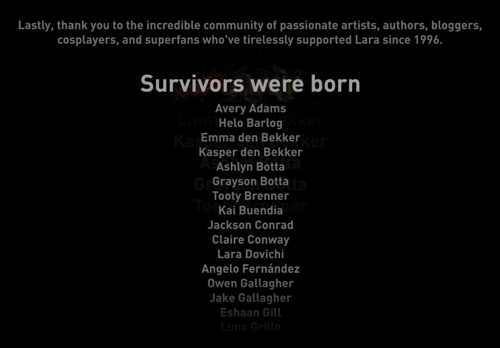There are readers, and then there are fans. Readers offer condolences when a favorite author falls ill. Fans offer bone marrow.
“My Author, My Life” by Hannah Clark
I recently read an interview (in German) with the webmaster of ikeahackers.net. If you don’t know the site, check it out if it still exists. It showcases interesting things you can do with everyday IKEA products. Personally, if I would offer a product and I got fans who modify it, adapt it, even improve it, I’d be thrilled. But apparently, IKEA send an cease and desist letter, because the site uses the IKEA logo and name, as well as making money with ads.
Well, it is a site dedicated to hacking IKEA products, so some similarity comes in handy — and as for ads, running a site does cost money.
If the story is true, then that’s another blow for IKEA in my mind. My experience with them was bad enough (asking a questions in the online shop requires you to give your personal data with privacy conditions linked to an eRecruitement page; eMail informing me about the delivery date from an eMail address you could not reply to), but going after a site that offers hacks? In this way?
I agree with the provider of that site. Even if there are legal reasons (e.g., losing one’s trademark if you do not go after trademark infringements), they could have handled this differently. Simply asking the webmaster to change the logo, font, or put up a disclaimer. It’s not hard to come up with ideas for different but similar logos. Logos where the original IKEA logo can be guessed, but it’s modified (hacked) so much that it is not that recognizable. Different colors with a few paint-pots still visible.
But hey, apparently IKEA has no interest in the works of their fans. And while I love my hacked standing desk, I doubt that I ever buy there again.
So much for a really bad example of handling fans.
As for a positive one — a few days ago I finished playing Tomb Raider (Definitive Edition, PS4). My opinion of video games is all over the place, but that’s something for another posting. As for positive fan interaction, have a look at these screenshots from the end credits (yup, I’m someone who actually reads the credits):

(Image above) Even before rolling the credits (giving credit to the people who actually did create this game), they thank the player for — well, playing the game. And it’s not in an effort to deflect possible criticism. The game is really good.

(Image above) Near the end of the credits, they specifically thank Tomb Raider fansites, well, at least the official ones, and the webmasters who run them.

(Image above) Regarding the unofficial sites and the like, there’s also thank to artists, authors, bloggers, cosplayers and other fans (top two lines).
Sure, there’s a difference between an international company and an international franchise, and there are even game companies who make similar mistakes like IKEA, but yeah, there are better ways to deal with fans than sending out cease and desist letters.
Anyway, that’s for the worst and best example encountered this month.